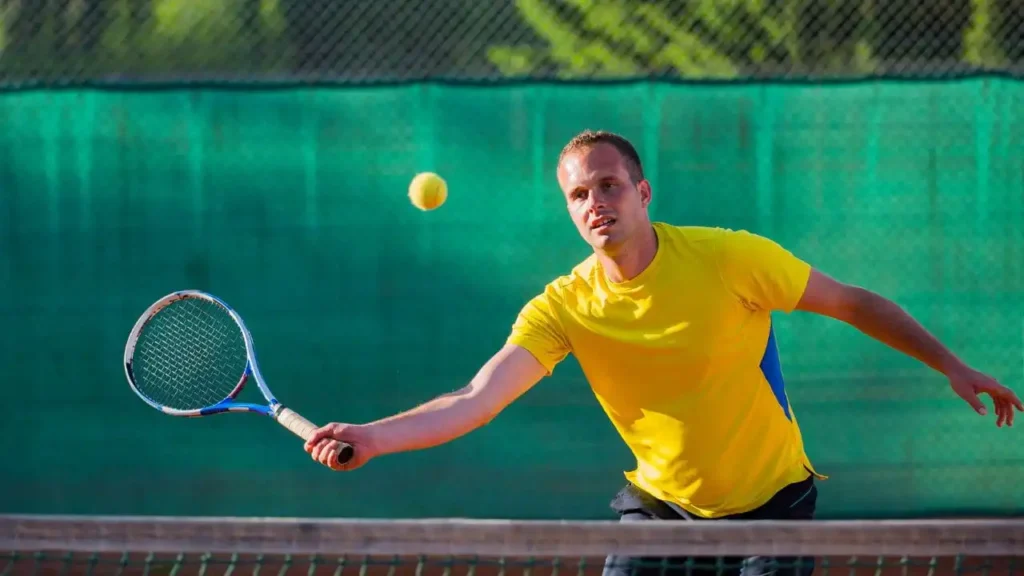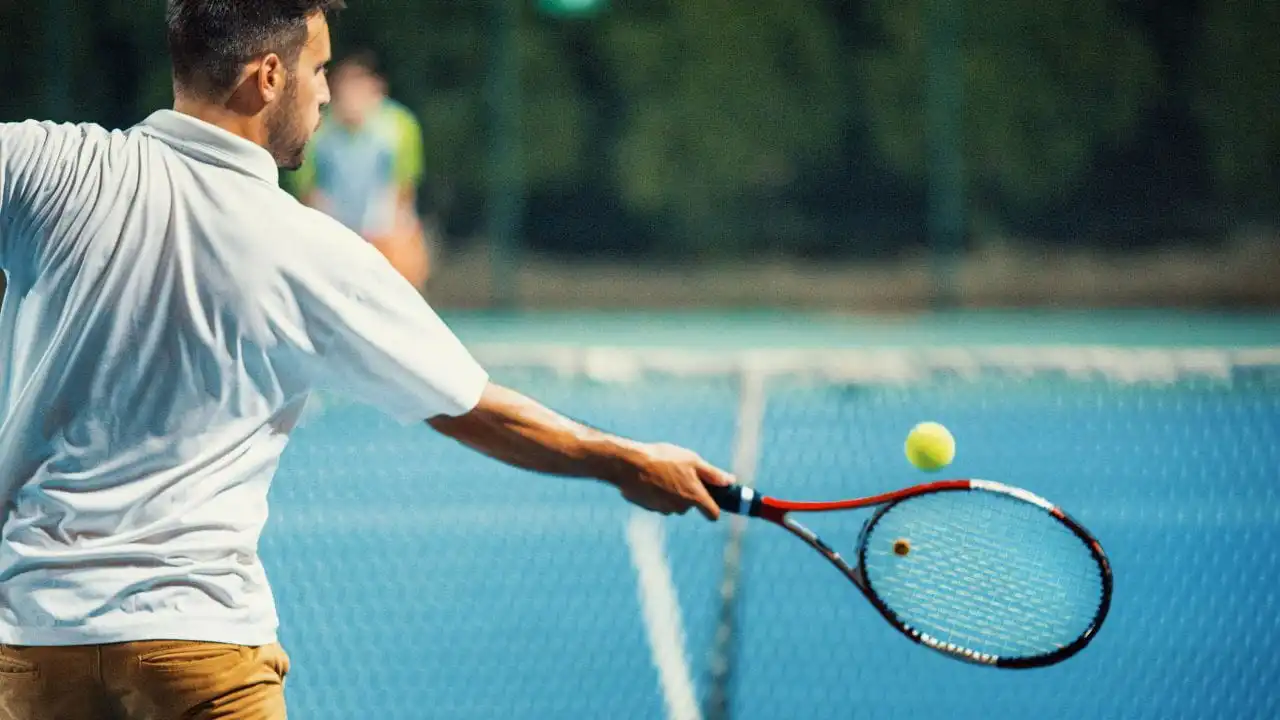In tennis, the Eastern Forehand Grip is a basic technique. It has been serving as a cornerstone for players of all levels for many years. It is often characterized by a neutral hand position, where the back of your hand is parallel to the ground. This grip provides a good mix of control, power, and adaptability.
The purpose of this tennis grip guide is to explain the benefits and techniques of this grip. We will give a tennis grip tutorial on how to hold a tennis racket for eastern grip control.
Table of Contents
ToggleBenefits of the Eastern Forehand Grip
It is superior to all other types of tennis grip, like the Semi-Western and Western forehand grips. Eastern grips have the following benefits mentioned below:
Power: The closed face of the racket produces a lot of power. For topspin and flat strokes, it is the best tennis grip available.
Control: You can make precise shot placement. You can ensure your defense and counter-attacking play.
Versatility: You can change it to various shot types, including slices, drop shots, and lobs. It is always considered the best tennis grip for volley, spin, and slice.
How to Hold the Racket for Eastern Forehand Grip?
The first step to holding the Eastern forehand is to grasp the racket as though you were shaking hands with it.
Once you have the racket in your dominant hand, position its knuckles straight up. Target the second bevel with the index finger. Then adjust your grip until it feels comfortable and provides the best control and power. With your palm pointing up, make a “V” with your thumb and index finger.
When to Use the Eastern Forehand Grip
Different players can use a full Eastern forehand grip in the following situations:
- Baseline Rallies. The power of grip and control make it suitable for consistent groundstroke play.
- Offensive Play: Rackets with closed faces allow aggressive, powerful shots.
- Defensive Situations. The versatility of this grip empowers players to hit defensive slices and lobs.

Best Tips to Improve Eastern Forehand Grip
Regular Practice: Make a routine of daily practice to develop muscle memory and refine your technique.
Seek Professional Guidance: To correct any technical mistakes, consult a professional coach.
Experiment with Grip Variations: The eastern forehand grip is a good starting point. Make your game more efficient by experimenting with slight variations.
Focus on Forehand Technique: Pay attention to your grip, and swing direction, and observe through.
Avoid Common Mistakes: You should avoid the incorrect position of the bevel and over-gripping the racket during play.
Eastern Forehand Grip vs Western vs Semi-Western
| Grip Type | Power | Spin | Control | Ease of Learning |
|---|---|---|---|---|
| Eastern | High | Moderate | High | Easy |
| Western | Moderate | Very High | Low | Difficult |
| Semi-Western | High | High | Moderate | Moderate |
Conclusion
Forehand grips are among the most popular grips on tennis rackets. As a result, it is ideal for players of all skill levels since it combines power, control, and versatility. You can use this grip whether you’re a beginner or trying to improve your forehand. With regular practice, this grip becomes one of your most reliable weapons in tennis. Have fun using it on the court and enjoy the learning experience.
FAQs
These are some frequently asked questions concerning the Eastern Forehand Grip. They include its advantages, drawbacks, ideal playing styles, and comparisons with other grips.
Definitely yes. Compared to grips like the Western, it feels more natural. You can learn and use this grip more quickly.
Yes, the Eastern grasp is adjustable. It performs well on flat strokes, volleys, and even some defensive slices. It works best with forehand groundstrokes, though.
- Focus on hitting with a low-to-high swing path.
- Practice drills to improve consistency, such as cross-court forehands.
- Record your strokes to ensure your grip and swing are correct.
Yes. Many advanced players use the Eastern grip, especially those who prefer hitting flatter shots. Players who focus heavily on topspin often switch to grips like the semi-western.
The Eastern forehand grip gives you a mix of power and control. The Western forehand grip needs more wrist flexibility and increases topspin.

